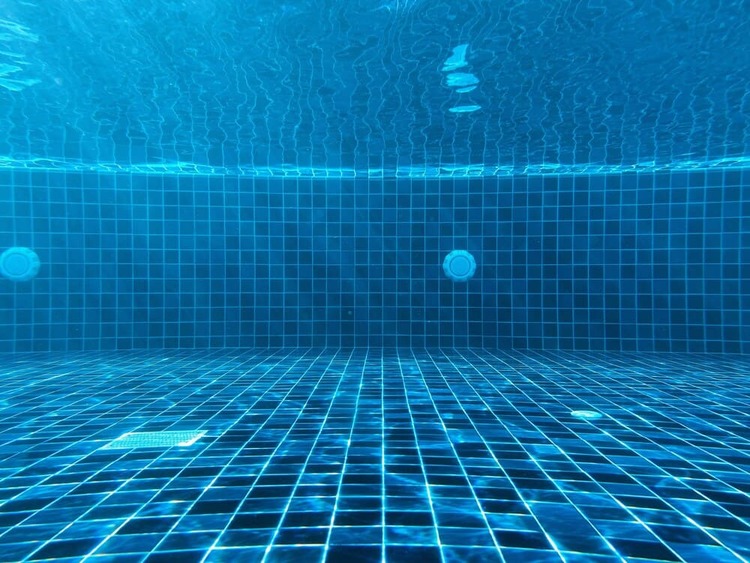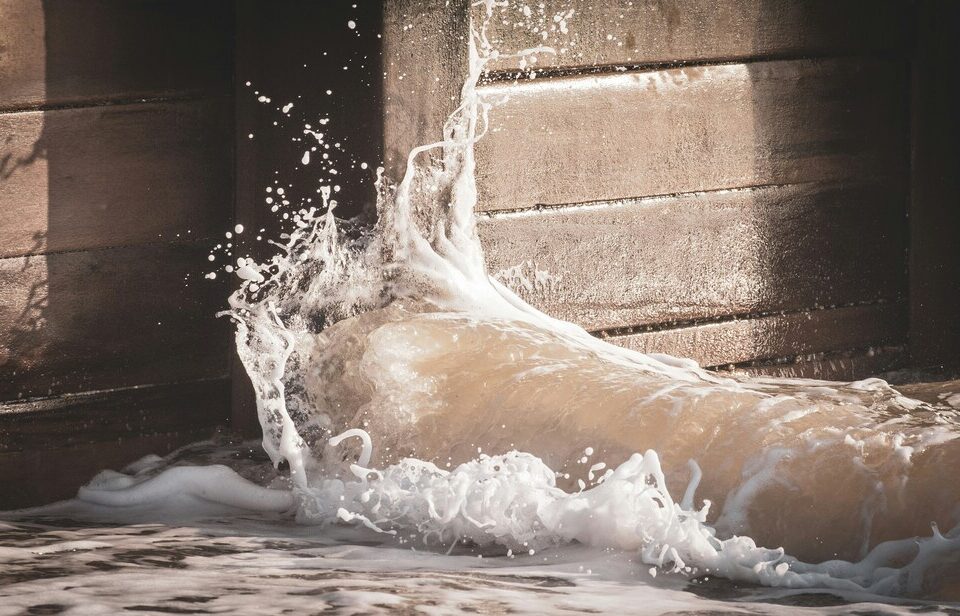
Measurement of key pollutants in wastewater
June 13, 2025
Features of different pollutants in water/wastewater
June 26, 2025blog page
Why water sensors important to wastewater treatment
Contents
Introduction
Wastewater treatment is a critical process that ensures the safe disposal or reuse of water contaminated by industrial, agricultural, or domestic activities. One of the most important technological advancements in modern wastewater treatment is the use of water sensors. These devices play a vital role in monitoring water quality, optimizing treatment processes, and ensuring regulatory compliance. In this blog, we’ll explore why water sensors are indispensable in wastewater treatment and how they contribute to efficiency, cost savings, and environmental protection.
The Role of Water Sensors in Wastewater Treatment
Water sensors are electronic devices designed to detect and measure various parameters in water, such as pH, dissolved oxygen (DO), turbidity, chemical oxygen demand (COD), biological oxygen demand (BOD), and the presence of contaminants like heavy metals and pathogens. In wastewater treatment plants (WWTPs), these sensors provide real-time data that helps operators make informed decisions.
1. Real-Time Monitoring and Process Control
Wastewater treatment involves multiple stages (fig.1), including primary treatment (physical removal of solids), secondary treatment (biological breakdown of organic matter), and tertiary treatment (chemical disinfection and filtration). Water sensors enable continuous monitoring at each stage, ensuring that processes are running efficiently.

For example:
- pH sensors ensure that the water is within the optimal range for biological treatment.
- Dissolved oxygen sensors help maintain aerobic conditions for microorganisms that break down waste.
- Turbidity sensors detect suspended solids, allowing operators to adjust filtration processes.
Without real-time data, treatment plants risk inefficiencies, such as over-aeration (wasting energy) or insufficient treatment (leading to pollution).
2. Early Detection of Contaminants
Industrial wastewater may contain hazardous chemicals, heavy metals (e.g., lead, mercury), or toxic organic compounds. Water sensors can detect these contaminants early, preventing damage to treatment infrastructure and protecting aquatic ecosystems.
For instance:
- Ammonia sensors alert operators to excessive nitrogen levels, which can cause algal blooms in receiving waters.
- Conductivity sensors detect unusual salinity levels, indicating potential industrial discharges.
Early detection allows for immediate corrective actions, reducing the risk of environmental violations.
3. Regulatory Compliance and Reporting
Governments and environmental agencies impose strict regulations on wastewater discharge to protect public health and ecosystems. Water sensors help treatment plants comply with these regulations by providing accurate, auditable data. table 1 show wastewater discharge standard of different country. Automated sensor systems reduce human error in manual sampling and ensure that treatment plants meet legal requirements consistently.
Table1:International Wastewater Discharge Standards Comparison
Data Sources:
- United States: Clean Water Act (CWA) & EPA NPDES Permit Requirements (2023)
- China: “Discharge Standard of Pollutants for Municipal Wastewater Treatment Plant” (GB 18918-2002) Grade 1A Standard
- Hong Kong: Water Pollution Control Ordinance (2021 Amendment) for Sensitive Waters
- Singapore: PUB “Sewerage and Drainage Regulations” (2022 Edition) for Public Sewer Discharge
- Indonesia: Ministry of Environment Regulation No. P.68/2016 (General Industrial Effluent Standards)
* Note: The US has no nationwide COD limit; the table shows typical ranges (state standards may be stricter).
** Parenthesized value applies to low-temperature conditions in China’s standard.
4. water sensors are cost Savings and Energy Efficiency
Wastewater treatment is energy-intensive, particularly in aeration and pumping processes. Water sensors optimize energy use by adjusting treatment parameters based on real-time demand.
Examples of cost-saving benefits:
- DO sensors prevent excessive aeration, reducing electricity consumption.
- Flow sensors help balance load distribution, minimizing pump wear and tear.
By improving operational efficiency, sensors lower operational costs and extend the lifespan of treatment equipment.
5. Preventing Equipment Failures and Downtime
Corrosion, scaling, and biofilm buildup can damage pipes, pumps, and reactors in WWTPs. Water sensors detect abnormal conditions (e.g., high acidity or sulfide levels) before they cause equipment failure.
For example:
- ORP (Oxidation-Reduction Potential) sensors monitor disinfection effectiveness, preventing microbial growth in pipelines.
- Chlorine sensors ensure proper dosing, avoiding corrosion from excessive chemical use.
Predictive maintenance based on sensor data reduces unplanned shutdowns and repair costs.
Types of Water Sensors Used in Wastewater Treatment
Several types of sensors are commonly used in WWTPs:
- pH Sensors – Measure acidity/alkalinity, crucial for biological treatment.
- Dissolved Oxygen (DO) Sensors – Essential for aerobic digestion processes.
- Turbidity Sensors – Detect suspended solids in effluent water.
- Conductivity Sensors – Monitor ion concentration (e.g., salinity, heavy metals).
- Ammonia & Nitrate Sensors – Track nitrogen compounds to prevent eutrophication.
- ORP Sensors – Assess disinfection efficiency (e.g., chlorine effectiveness).
- Flow Sensors – Measure wastewater volume for process control.
The Future of Water Sensors in Wastewater Treatment
Advancements in sensor technology, such as IoT-enabled smart sensors and AI-driven analytics, are revolutionizing wastewater management. Future trends include:
- Wireless sensor networks for remote monitoring.
- Machine learning algorithms to predict system failures.
- Nano-sensors for detecting trace-level pollutants.
These innovations will further enhance efficiency, reduce costs, and improve environmental protection.
Conclusion
Water sensors are indispensable in modern wastewater treatment, providing real-time data that enhances process control, ensures regulatory compliance, reduces costs, and prevents environmental harm. As technology advances, the role of sensors will only grow, making wastewater treatment more efficient and sustainable.
Investing in high-quality water sensors is not just a technical upgrade—it’s a commitment to cleaner water, healthier ecosystems, and smarter resource management.



